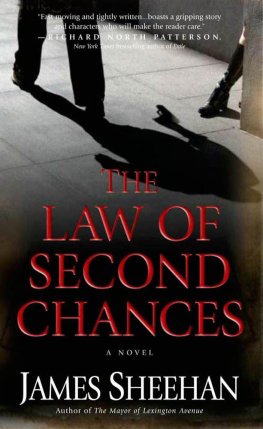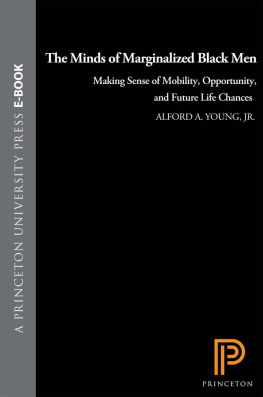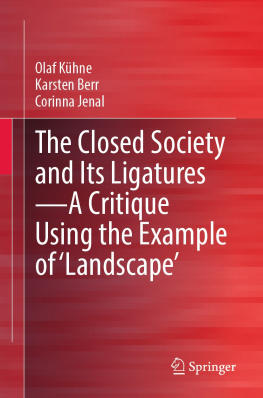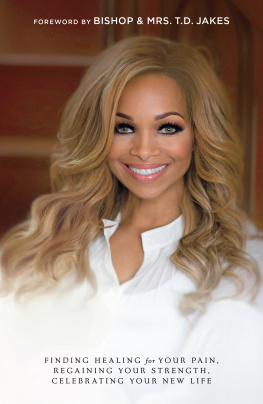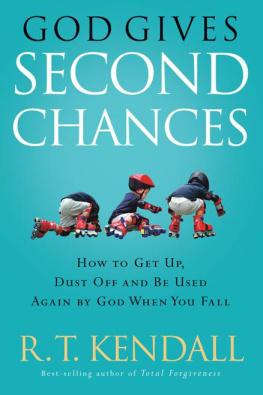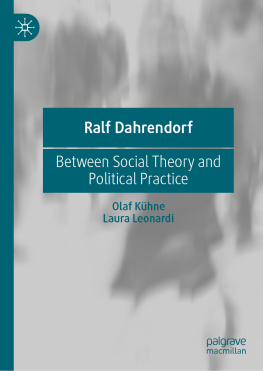Life Chances, Education and Social Movements
Life Chances, Education and Social Movements
Lyle Munro
Anthem Press
An imprint of Wimbledon Publishing Company
www.anthempress.com
This edition first published in UK and USA 2019
by ANTHEM PRESS
7576 Blackfriars Road, London SE1 8HA, UK
or PO Box 9779, London SW19 7ZG, UK
and
244 Madison Ave #116, New York, NY 10016, USA
Copyright Lyle Munro 2019
The author asserts the moral right to be identified as the author of this work.
All rights reserved. Without limiting the rights under copyright reserved above, no part of this publication may be reproduced, stored or introduced into a retrieval system, or transmitted, in any form or by any means (electronic, mechanical, photocopying, recording or otherwise), without the prior written permission of both the copyright owner and the above publisher of this book.
British Library Cataloguing-in-Publication Data
A catalogue record for this book is available from the British Library.
ISBN-13: 978-1-78308-994-9 (Hbk)
ISBN-10: 1-78308-994-6 (Hbk)
This title is also available as an e-book.
CONTENTS
I would like to record my sincere thanks to a number of institutions and individuals for their assistance in writing this book. When I first began to think about the topic, Monash University and then Federation University Australia provided the necessary facilities without which the book would not have been completed. These facilities included a room with a view at the attractive Gippsland campus in regional Victoria and access to the excellent library resources at both Monash and Federation University; the latter also facilitated access to the extensive collection of library materials at the University of Melbourne. I am especially grateful to the librarians of these universities who were consistently willing and able to offer their services, especially Myles Strous at Federation University whose professionalism and expert understanding of online research and computer software saved many hours of research time for which I am very grateful; Myles also provided much welcome relief from the frustration involved in dealing with computer hiccups in the final stages of the production. Roberta West, Research Officer in the School of Arts at Federation University, was always ready to lend assistance on administrative and research matters.
I would like to thank a number of individuals from a variety of professional and academic fields who have been most helpful in responding to my requests for comments on the contents of the book. Les Hardy and Geoff Clark were enthusiastic and critical readers from the beginning, offering detailed comments from different academic perspectives. It was a challenge to accommodate their sometimes conflicting views, but as for all the other comments on the various chapters by different readers, I take responsibility for the choices I made. Those who offered useful comments and encouragement for which I am grateful included the following individuals: Alistair and Diana Carr, Martin Elliot, Lindsay Fitzclarence, Cynthia Karena, Chris Lord, Ebonnie Lord, Rex McGowan, Michael Stolz, Richard Webber and Keith Wilson. Thanks also to Michelle Prezioso for the design of the front cover and to Kate Zizys and her colleagues Irene Proebsting and David Hollis who provided the badge design for the back cover.
It will be clear to the reader that I have been influenced by the work of a number of sociologists, most of whom have been cited in the book. The most important of these is the late Ralf Dahrendorf, the distinguished academic, university director and politician whose monograph on Life Chances, published exactly 40 years ago, inspired the writing of the book.
To Anthem Press I offer my thanks to Tej Sood, Anthems publisher and managing director, who initiated and supported the project from the beginning. Thanks also to the several editorial assistants I had the pleasure to deal with; they have all been patient and professional in their communications during the production process. I especially want to thank the copy editor whose thorough checking of the manuscript greatly improved the text.
All authors need a good editor and apart from Anthems staff, I was very fortunate to have one living under the same roof. Jennifer Barlow, to whom this book is dedicated, has applied her highly developed writing skills and keen eye to making stylistic improvements in every chapter. Danke Schatz.
There are three parts to the book as implied in the title. focuses on social movements (SMs) aimed at improving the life chances (LCs) of human and non-human animals; the chapters include the social justice movement, risk movements against threats to the planet and movements instigated by students, workers and citizens. The book mainly centres on Australia, with comparative examples and case studies from the UK, Europe and the United States.
Dahrendorfs monograph Life Chances: Approaches to Social and Political Theory published four decades ago provides the theoretical spine of the books structure. He argued that LCs were a function of options and ligatures, where options were defined as choices or structural opportunities, and ligatures as linkages or networks. I argue that education via formal institutions and informal groups in the community provides the most important opportunities for enhancing individual LCs. I propose that the linkages in Dahrendorfs thesis are SM networks of advocates and activists whose campaigns are designed to improve the lives of an increasing number of disadvantaged groups in affluent countries. These are people, perhaps a majority, whose lives continue to be blighted by forces allegedly beyond their control.
A simple way of describing how the three parts of the book are linked is shown in the formula LCs = f (O, L), where LCs are described as a function (f) of options (O) and ligatures (L). In begins with what I call the inequality spectrum, along which peoples lives are experienced as positive (defined by their general well-being) or negative (defined by levels of disadvantage). As in the previous chapter, the testimonies of individuals reported in longitudinal studies are used to shed light on the lived experiences of people from different walks of life and from a variety of economic and social circumstances.
The title of .
The focus of is the controversial widening participation movement which has emerged recently in Australia and elsewhere as a response to shortfalls in government expenditure on universities. The arguments I present may be seen as biased in favour of the movements critics. However, I have based my position on the evidence provided in expert reports on the success and failure rates of university students as well as testimonies from a range of students from different social and economic backgrounds. The key point of the chapter is to suggest that university is not for everyone and that there are other avenues for developing useful skills and knowledge.
This idea is developed in university. That idea is developed by asking whose interests are served by lifelong learning and who benefits most from it.
While are more effective than the state in dealing with problems afflicting groups and individuals. However, the position I take is that both are needed.


